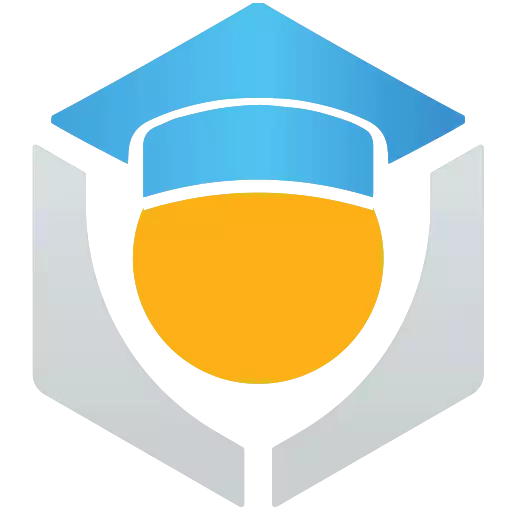Managing a Project
As your project moves to the next level with the finishing touches you have done in this course, you may notice that it will never truly be finished. In this lesson you will start approaching your game as a continuous entity that will grow and change with time and experience.
Living Project
Changing, updating, balancing, and patching your game will not only allow your game to keep getting better, but will also give existing players a reason to keep coming back. Changes also give you new reasons to talk about and promote your game.
How Often to Update
How much you want to change the game, and how often you want to change it both depend on the style of game and what will create the right experience of mastery and novelty.
Single Player Games
Single player games tend to change with a lot less frequency. This may be because they were once distributed entirely offline, on disks, and it wasn’t possible to give players updates. Nonetheless, story-driven games about the journey of a single hero usually stay the same as they were when they are released, and updates come as sequels.
The opportunity for updates would be for players interested in replaying the game, to give them new game plus content. Anything that creates a difference on the next playthrough, whether it be a new advantage or a higher challenge level, will give players both a reward for completing the game, and a reason to get more play hours out of it. Expansions are another opportunity to add on to a single player world, creating a new world to explore with new challenges.
However you want to approach creating new content for your game, in single player games you should focus on big changes that are rare, and generating hype when you release them.
Multiplayer Games
Multiplayer games are usually far shorter than their single player counterparts, because of the necessity of getting a bunch of people to hang out for the duration. These games still log lots of play hours, because they are designed to be repeatable. Because your players are competing and cooperating with actual humans, the same game is different each time it is played.
An online multiplayer game succeeds by having lots of players logged in at the same time, and needs a reason to keep players coming back. Making changes just to add log-in rewards, or fun cosmetic changes can be enough to renew a player’s interest, as well as creating discussion and community.
Competitive multiplayer games will also need frequent balancing, making adjustments to fix parts of game that are unfair, or that just feel unfair to the players. Balancing will restore player’s faith that they can succeed with skill in your game.
For the multiplayer game, you should be looking at publishing small changes quite frequently, and ideally on a predicable schedule, so that players are ready and excited to see what’s new.
Iteration
No matter how you approach growing your game, the more your see how it is played, and change it to improve what players like about it, the better it will be. Even if by some chance you make changes that are not popular to your players, this will ultimately lead them to looking out for your next changes, in hopes that it brings back the thing they felt they lost.
Plus, you can always re-release the older version of the game, and let your players explore their nostalgia for simpler times.
Managing Version of your Game
As you update and grow your game, it becomes more and more important to find a way to keep track of and protect all the different versions of it. Using Git for version control is a powerful way to back up your project, save and track old versions, and allow others to collaborate with you.
GitHub Repository
Putting your project on a GitHub, GitLab, or several other options for hosting the source code and files for your project will prevent you from ever losing the project, and allow you to revert back to previous versions of the project whenever necessary. Instructions on how to do this for a Core project using GitHub Desktop can be found on the Core Documentation, and the instructions are similar for any game development platform.
Git Branches
One of the benefits of Git is the ability to make a branch like save point to the previous version of your project, so that you can create and save changes, but revert to an earlier version if necessary. A robust project that has been developed for a long time will usually have a branch for the published version of the project, a stable version with the changes that will be published next, and an experimental branch where the developer can test out new features. As each feature becomes ready for the public, their changes get pushed to the next branch, and new experiments are born.
Using GitHub Issues
GitHub is also designed to work like a blinking SOS beacon, where you might attract other creators to contribute to your project just for the thrill of solving problems. GitHub Issues are a way to announce the challenges that are currently facing your project, and can even be marked as requests for help. In a public project, other developers can also report bugs or feature requests to you, and suggest how to resolve them.
Tracking Feedback
You have used player feedback to develop your game since you started it, but it grows it becomes important to have a systematic way of keeping track of all the input you have received, and the suggestions that you are working on right now. Of course, you are an artist, and there will always be feedback that doesn’t match your vision, but even those odd suggestions can be inspiration for another day.
GitHub Project Boards
Another benefit of the GitHub repository is having a Project board to list features that have been requested of you. You can add each suggestion as a card on a visual board, create categories, and drag and drop the cards between them and your plans and project evolve. Trello is another popular tool for managing plans and ideas for games.
Now, Live!
You now have a plan for making your game an unstoppable force of improvement and change. In the next lesson, you’ll learn how to broadcast these changes in an informative and engaging way to the right audiences.

